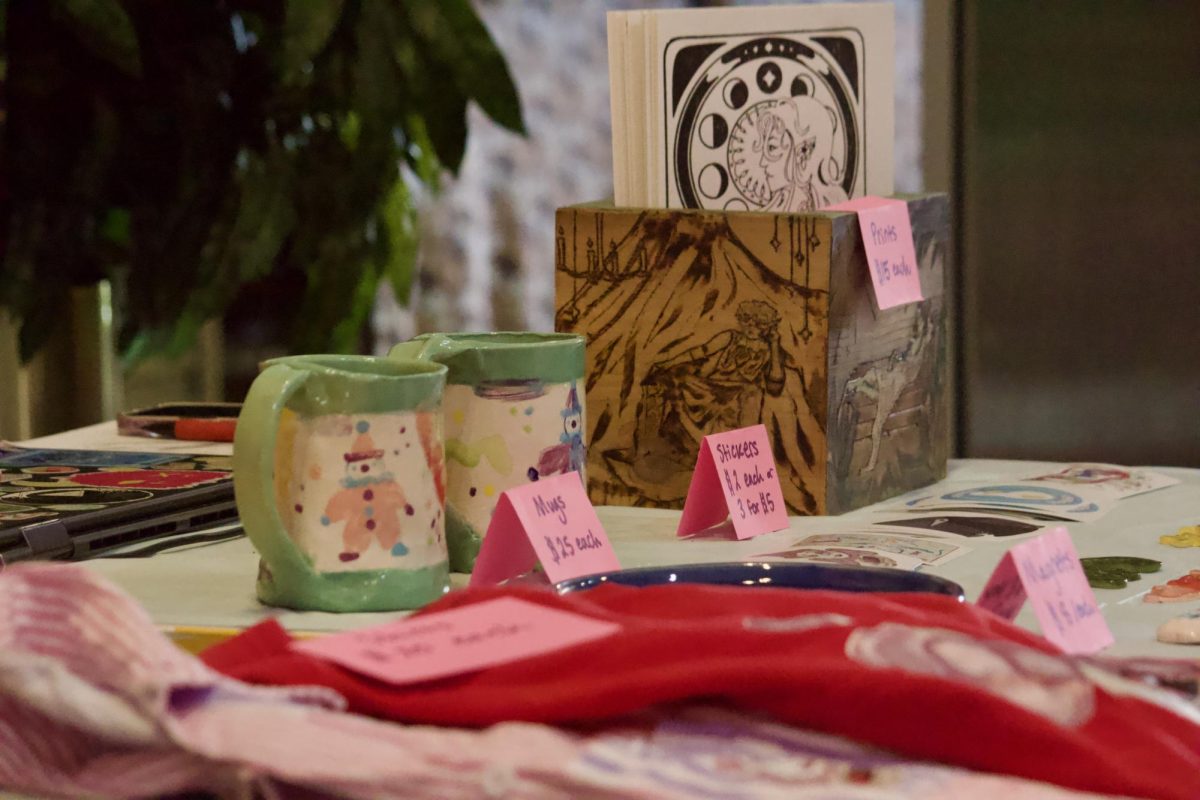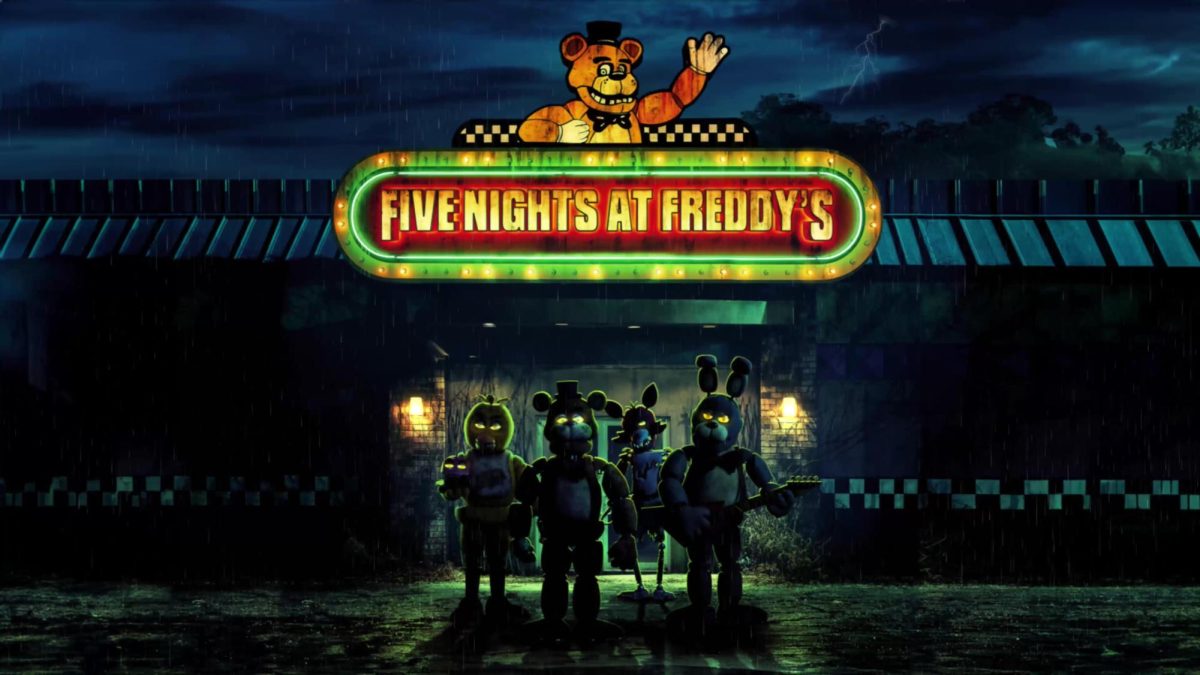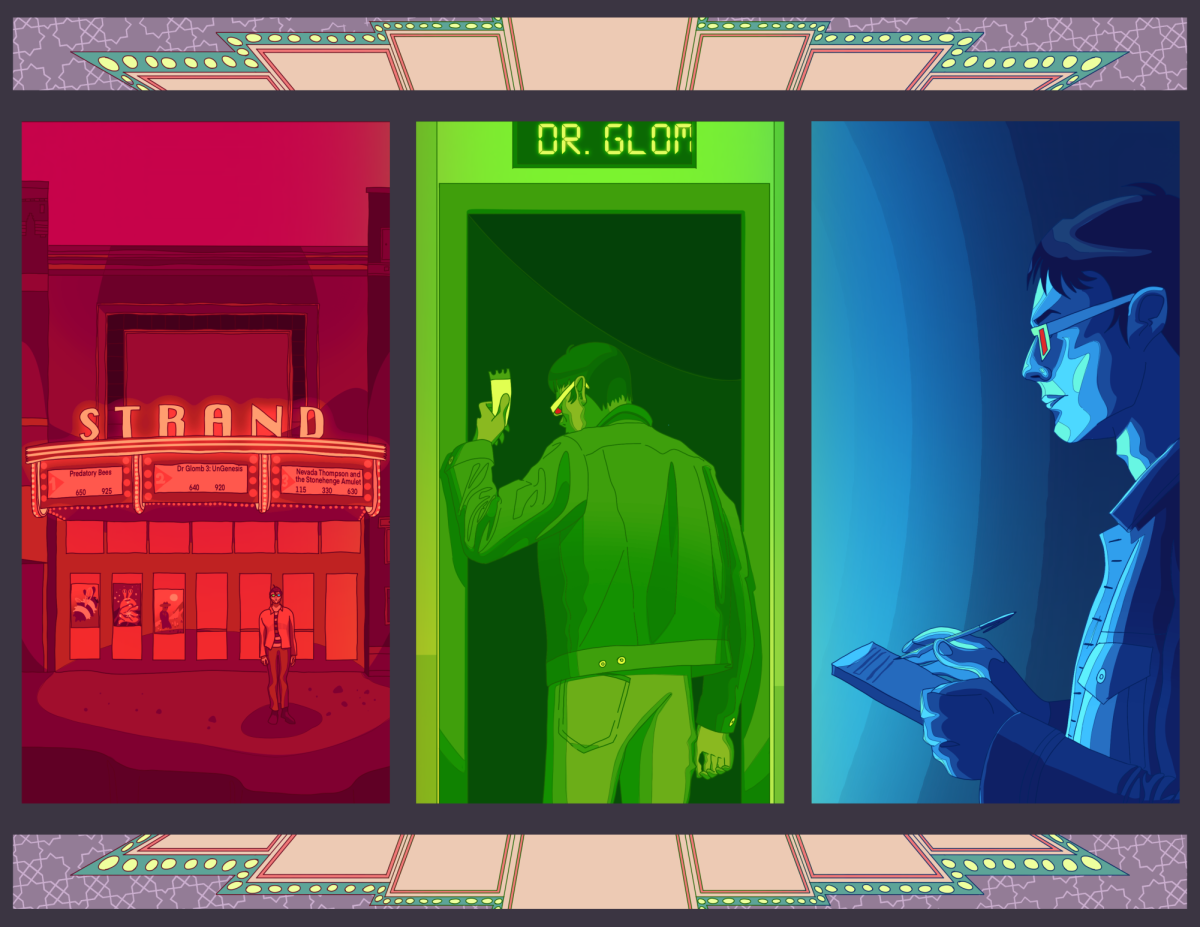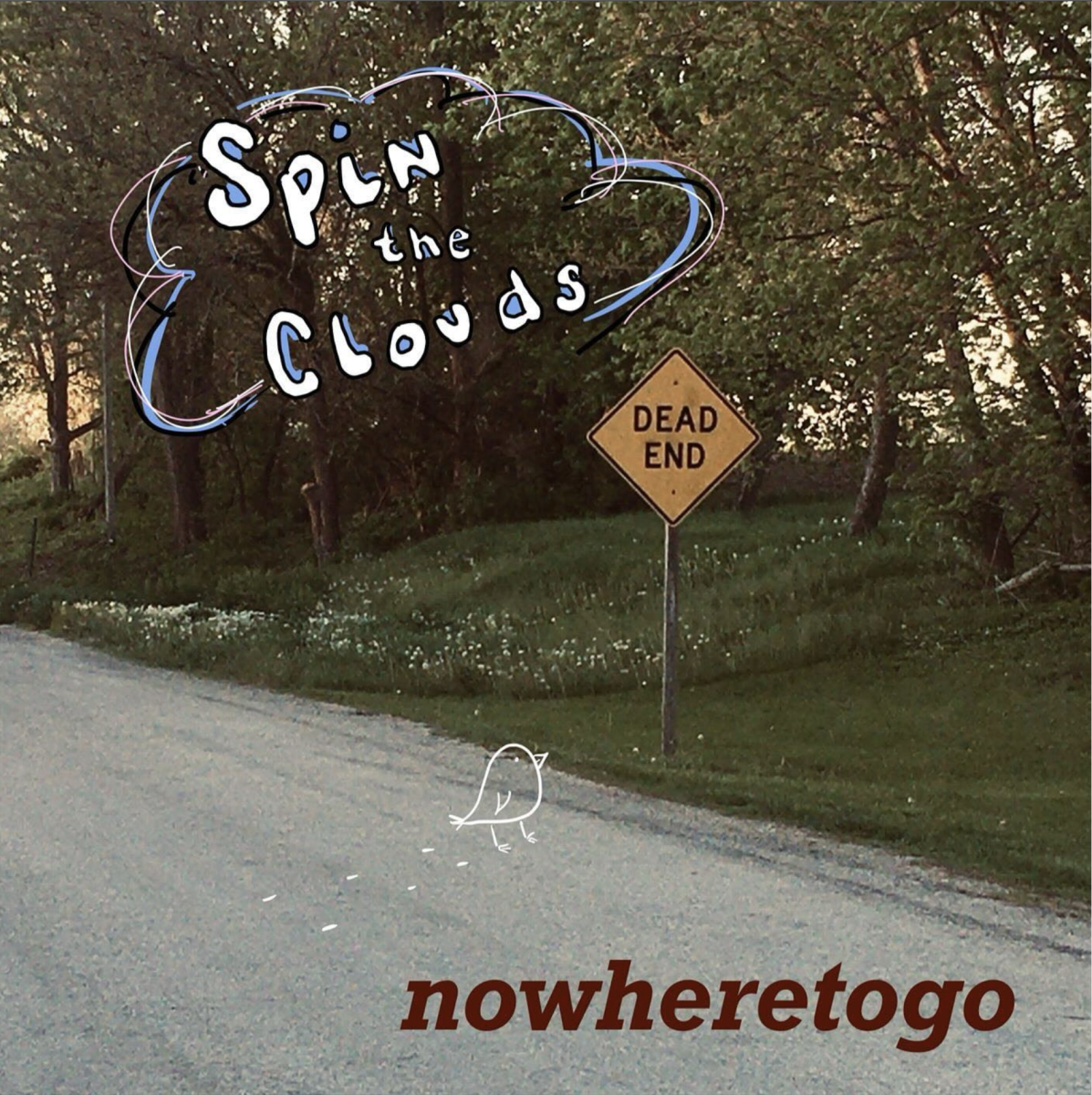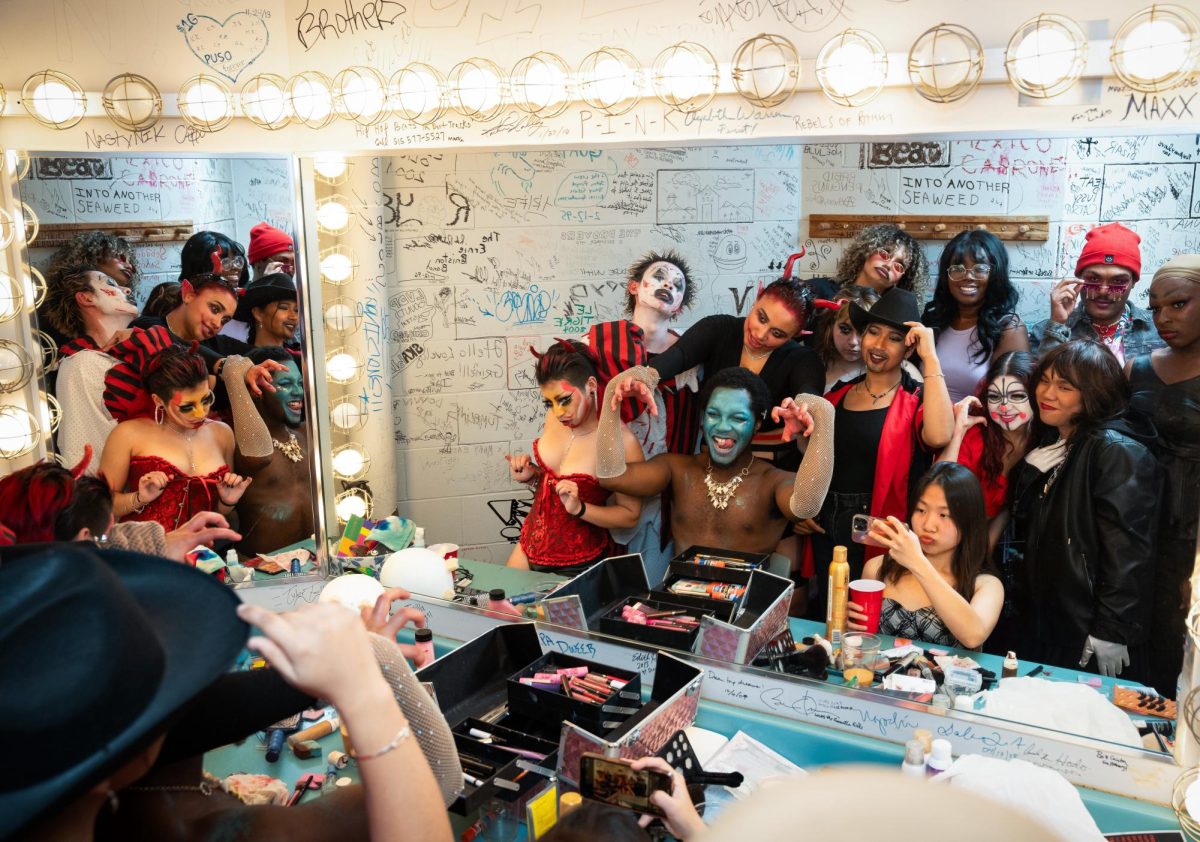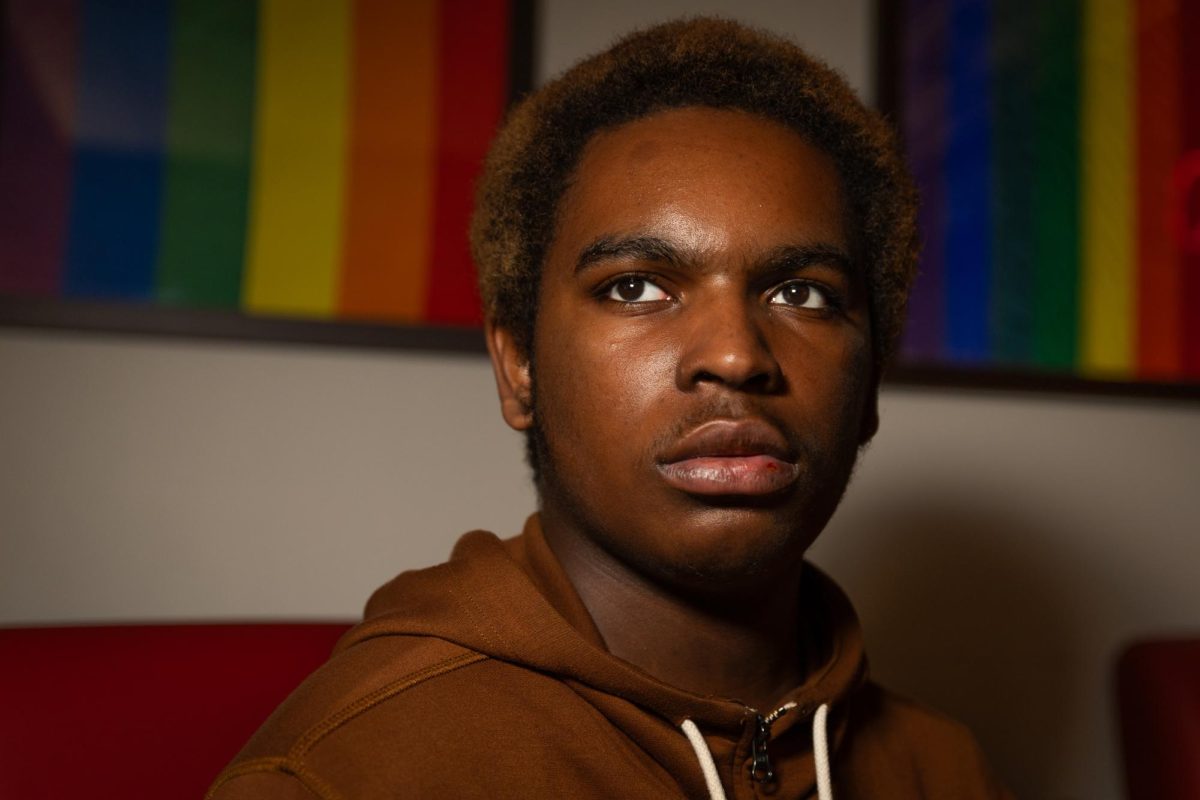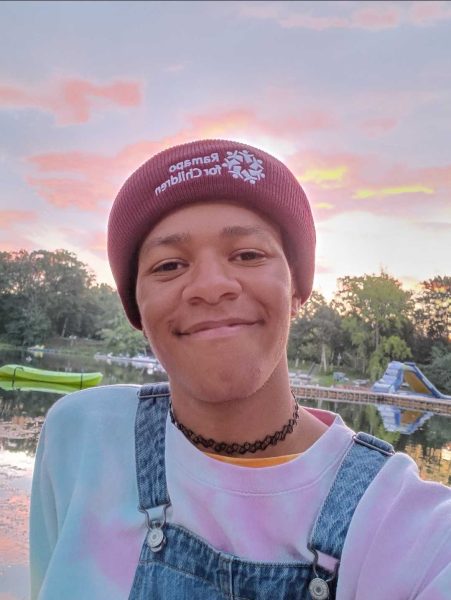As expected of an undiagnosed autistic child, I’m a lifelong fan of the “Five Nights at Freddy’s” (FNaF) franchise — I’ve played every game, researched every theory and can recite the timeline better than U.S. history. With that in mind, as much as I want to keep things brief, I have a decade of anticipation and a generous editor in terms of word count, which means there’s a lot of room to love and … question the film, especially in terms of how big studios and indie franchises don’t always mix.
Night 1: Animatronics and such
The sound and set design were really endearing — for an indie franchise like FNaF, I’m glad they opted to keep the dingy, abandoned dread of the first game instead of a more stereotypical horror setting. The bright colors and upbeat animatronic performances create a compelling dissonance between what you see and what you know to expect, and that induces its own type of anxiety.
There’s not much horror or fear that audiences can anticipate as the film adapts almost none of the actual gameplay. Despite a frustrating lack of tension or suspense, the references to the original source material were nothing less than rapturous for me. Chica’s kitchen, Bonnie’s closet and Foxy’s literal hook had me metaphorically hooked.
I was confused by certain decisions, like making Mr. Cupcake an autonomous murder pastry and casting the ghosts. I usually hate ghost kids since it’s hard to explain how 12 years of life is enough to motivate forever haunting the material plane, and these apparitions failed to subvert me in that regard.
Night 2: Blumhouse Studios’ Pizza
Blumhouse Productions’ film adaptation of “Five Nights at Freddy’s” focuses on the events of the first game, and it primarily takes place in the “first” Freddy Fazbear’s Pizzeria, with notable exceptions drawn from future games. The film follows Mike Schimdt, a protagonist best characterized by skipping his meds, committing assault and buying a self-help book within his first 10 minutes of screentime.
One character and we’re already at my first issue — Mike and the screenplay. Mike has a dead mom, a dead brother to avenge, a criminal aunt trying to steal his magical autistic sister, a romance with a cop and a grudge against a serial killer in a bunny suit — despite that, he has zero hours of therapy under his belt. Scott Cawthon, the original creator of the series, didn’t design a game universe suited to the types of character drama and explicit murder that succeeds on the big screen, and it’s noticeable from the screenplay that no one knew where to start.
It might seem like I’m fangirling, but FNaF’s narratives are popular due to their roots in speculation — fans collaborate to assemble plot threads and clues to build a subjective interpretation of the game’s events that can be compared and discussed. The film adaptation tries to appeal to a wider audience, requiring a less familiar story to longtime fans. However, it also required a story with elements that aren’t catered to the FNaF universe, answering too many questions and leaving the actual plot bloated.
Night 3: Springlock these characters up and throw out the key, or, Blumhouse hates women
Vanessa is a complicated character by nature — she’s a newcomer to the game franchise from its recent era, which begs the question of why she’s in the film series so early. Oh, right, it’s because she’s the only other named, living adult woman in the series, and horror movies need romantic tension to sell — my mistake. She only spends her time helping Mike and giving cryptic justifications for child murder.
Her father actually killed Mike’s brother — which is revealed in such an obvious plot twist that spoiler warnings feel redundant — and Vanessa attempts to play the moral high ground after it’s revealed that SHE KNEW IT WAS HIM THE WHOLE TIME. Your dad being a serial killer? Excusable. Helping him with your influence on the police force? Beyond irredeemable. I could go on, but, until Blumhouse pays someone to write her a personality, my lips are sealed.
Abby’s role is to stand in as a relatable kid character, and I actually like her in this role. Being under the age of 15 and being a named character in a story about violence against children made me worried about her safety, but she does a good job at portraying how an adolescent would recklessly engage with haunted animatronics. In fact, I’ll admit that I saw myself in Abby, weirdly obsessed with interests the adults in my life couldn’t understand. The story makes it obvious that Abby is autism-coded — though it’s not explicit outside of one scene, I will ask why the autistic girl’s only narrative role is to be a nuisance, an object, or a savior.








